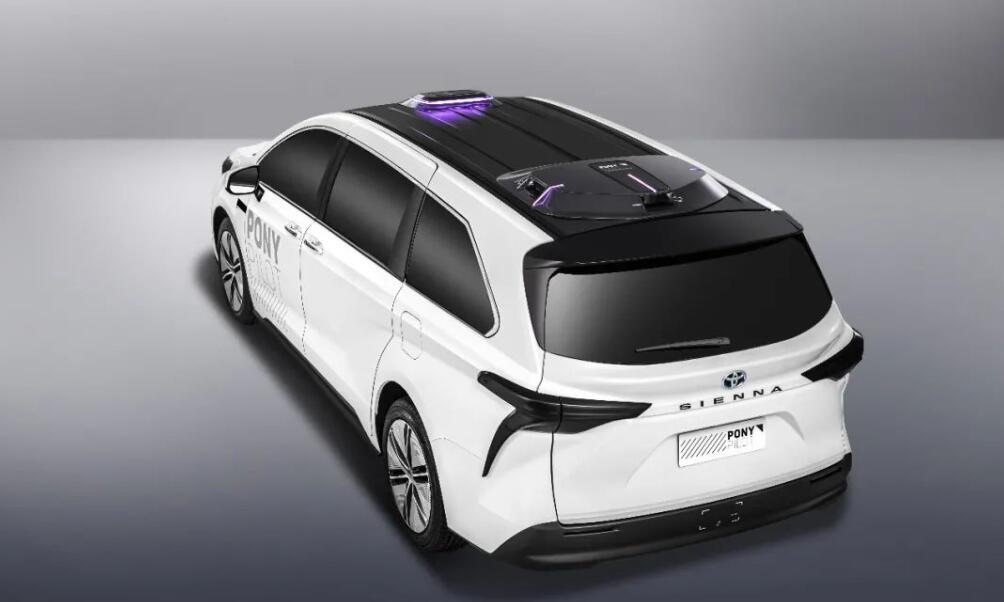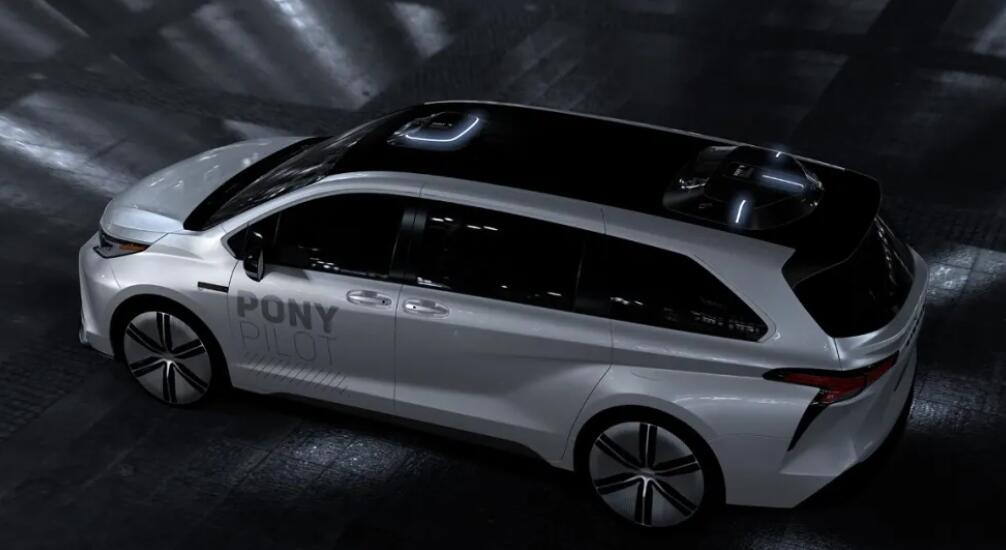Pony.ai unveils next-gen autonomous driving system design, to be used first in Toyota model
The model will begin road testing in China this year and enter the daily operation of self-driving mobility services in the first half of 2023.
Pony.ai, a Chinese autonomous driving startup backed by Toyota Motor and Nio, today announced its sixth generation L4 autonomous driving system design, including hardware and software system form factor design, sensor and computing platform solutions.
The first model to be equipped with the system is the Toyota S-AM (SIENNA Autono-MaaS), a 7-seat SIENNA-based hybrid vehicle.

(Image credit: Pony.ai)
The model will begin road testing in China this year and go into daily operation as a self-driving mobility service in the first half of 2023, according to Pony.ai.
Pony.ai and Toyota began exploring the self-driving feasibility of a Chinese version of the S-AM in 2019, the company said.
"The addition of Toyota S-AM models to the PonyPilot+ fleet is another significant outcome of the deep strategic partnership between Pony.ai and Toyota," said Pony.ai co-founder and CEO Peng Jun.

Pony.ai said the autonomous driving system is aimed at mass production use from styling, component development and selection, software and hardware coupling, safety redundancy and system assembly production.
This is the result of Pony.ai's continuous optimization of the performance and cost, exterior styling and practicality of the overall self-driving solution, it said.
Compared with the previous generation, the new generation system follows the technical route of multi-sensor fusion, with a comprehensive upgrade in the number and selection of sensors toward mass production, Pony.ai said.
The latest autonomous driving uses solid-state LiDARs on a large scale for the first time, and the resolution of the signal light recognition camera developed by Pony.ai in-house has been improved by 1.5 times, it said today.
It has a total of 23 sensors, including four solid-state LiDARs on the roof, three LiDARs distributed to the left and right and rearward, four millimeter-wave radars at the corners of the roof, one forward-facing long-range millimeter-wave radar, and 11 cameras.
Pony.ai did not mention the supplier of these LiDARs, although in May last year it announced a joint release of a fully automated driving system with US-based LiDAR supplier Luminar. This is Luminar's first strategic partnership with an autonomous driving company in China.
Pony.ai plans to mass-produce vehicle-grade autonomous driving systems at scale in 2023, when it will use vehicle-grade sensor solutions and Luminar's Iris LiDAR, the company said at the time.
Pony.ai launches all-in-one autonomous driving system with Luminar LiDAR
The system uses an Nvidia DRIVE Orin system-on-a-chip (SoC)-based computing unit with higher performance, higher bandwidth and lower latency, the company said.
Compared to the previous generation, the new computing unit is expected to have at least 30 percent more computing power, at least 30 percent less weight and at least 30 percent less cost, Pony.ai said.
The next-generation system has multiple layers of redundancy, including complete software, computing platforms and vehicle platform redundancy systems to maximize the balance of scenario coverage and safe processing mechanisms, the company said.
In an emergency, vehicles can be safely pulled over or parked in a safe lane line, minimizing safety risks, Pony.ai said.
Pony.ai also showed off its Robotaxi design with the new system for the first time, saying it is intended to reflect a styling concept closer to mass production.
The new generation sensor suite features an exclusive front and rear split design, with one solid-state LiDAR integrated in the front section and three solid-state LiDARs in the rear, which is significantly smaller than the previous generation design, it says.
Self-driving startup Pony.ai unveils computing unit based on Nvidia DRIVE Orin chip



